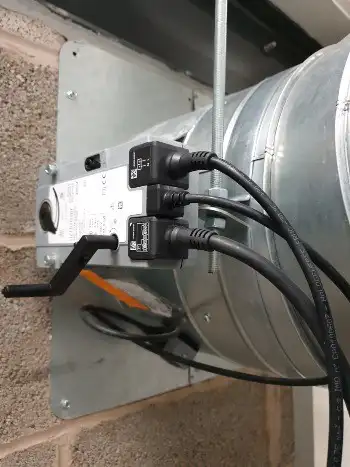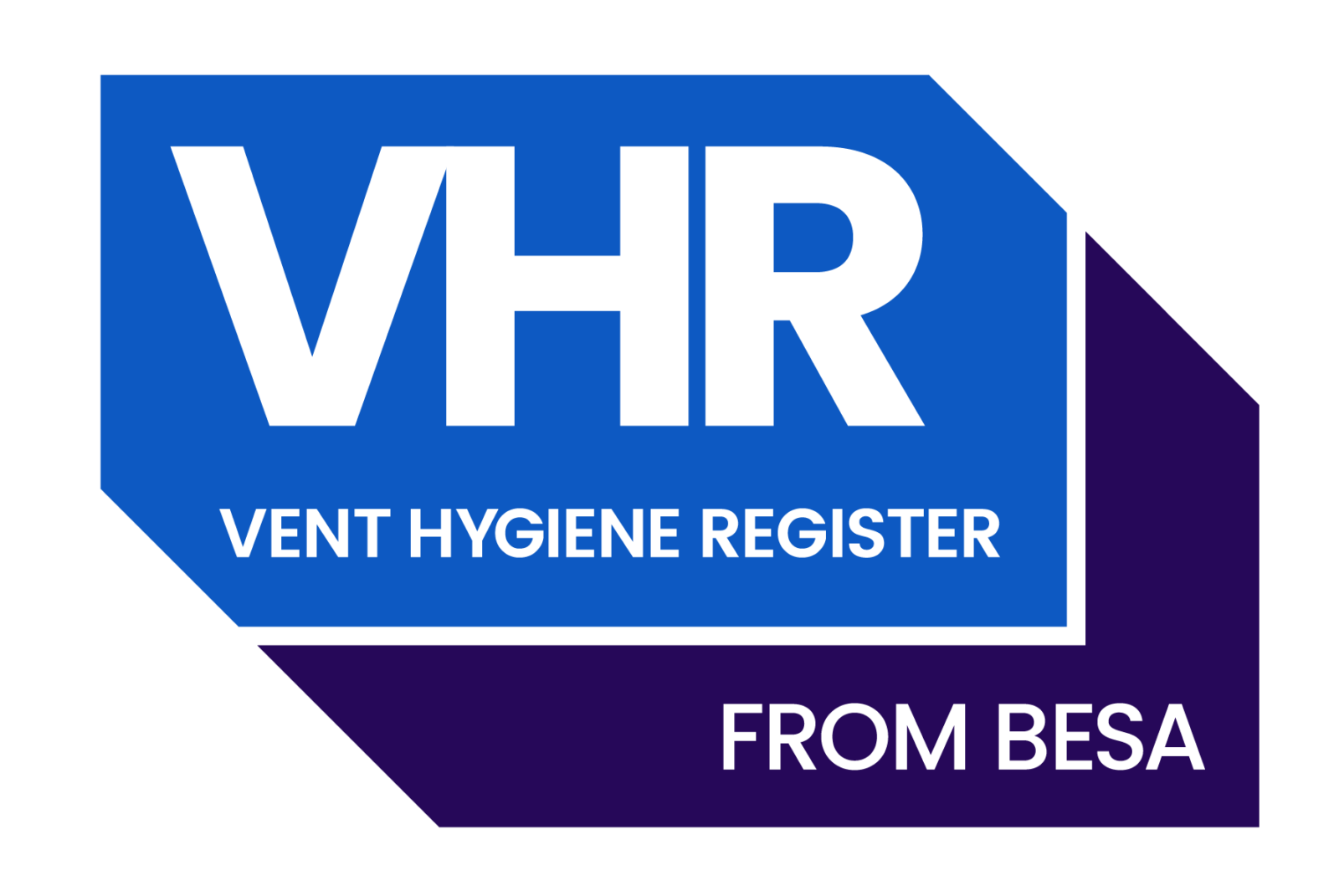An essential piece in a facility’s fire protection system is a smoke damper or a fire damper. These dampers are designed to prevent smoke or fire from spreading through the ductwork system in your buildings. There is a difference between the two dampers that you should understand.
Smoke Dampers
Smoke dampers are designed to stop the passage of smoke through your ductwork system. Typically these are operated through the use of a smoke detector placed within your duct system and are linked to the main fire alarm systems. If smoke is detected, the smoke detector will send a signal to the dampers, using a linkage and jackshaft to either close or open the smoke damper’s blades. There are two main types of actuators for smoke dampers, electrical or pneumatic.
Fire Dampers
Fire dampers are designed to prevent fire spread within your ductwork system. These dampers are installed where ductwork penetrates fire compartments. The dampers will close should they detect any excessive heat. The fire dampers work when the heat from a fire causes the temperature in a room to rise above the temperature of a fusible link or detector. When the dampers close, it does not allow air to distribute, so the ventilation is shut off, and the heat cannot spread. By interrupting the migratory airflow, it prevents flames to pass through the ductwork.
There are two most common type of fire dampers:
- Multiple blades– The multiple blade fire dampers are much like the control dampers and come with ‘blades’ set within the air stream. These blades offer you better air restriction to the airflow over the curtain type of damper. This type of damper is used in situations when the system’s air velocities exceed the closure ratings of the curtain-type fire damper.
- Curtain– The curtain type of fire damper is the most common and consists of a ‘curtain’ held in place with a fusible link.
Whether your business consists of a small workplace or an industrial environment, your main concern with fires is preventing the smoke and fire from spreading. Installing smoke and fire dampers reduces your risk of unforeseen accidents. These units will interrupt the passage of heat, smoke, and flames throughout your facility should you experience a fire.
There is no denying the importance of both of these type of dampers. These items are critical components of any buildings fire compartmentation and fire strategy. For this reason, you need to perform a periodic inspection to ensure the quality and performance of these units is maintained in accordance with BS9999: 2017. The minimum frequency for inspection and test of fire and smoke dampers is every 12 months.
At Ventilation Surveys & Services, we offer maintenance services for all fire safety systems. We provide commissioning, remedial work and annual inspections of all smoke and fire dampers, to ensure your facility is safe, protected and meets statutory compliance.
We are the leaders for providing retail sites, healthcare facilities, corporate offices, and educational sites with the best ventilation hygiene and fire compliance services in the industry.
To book an inspection or speak to our expert team, contact us today.












